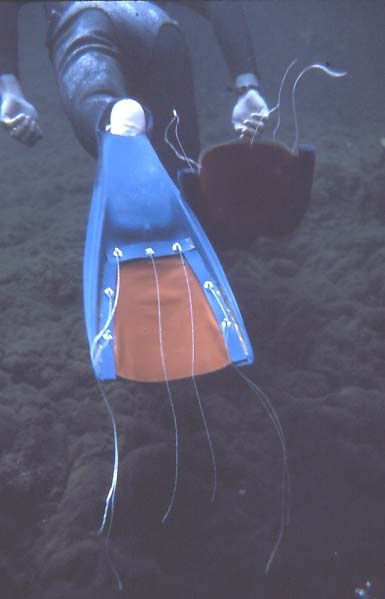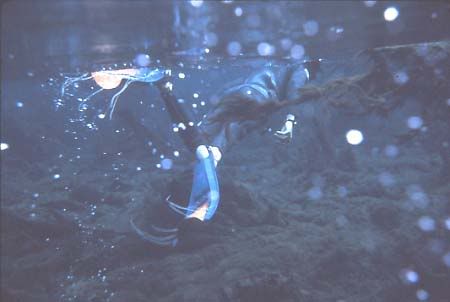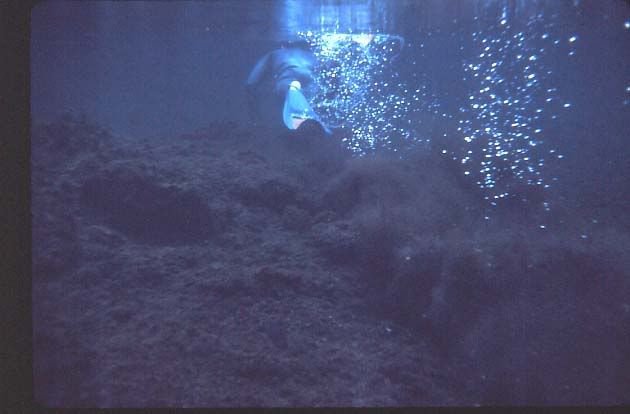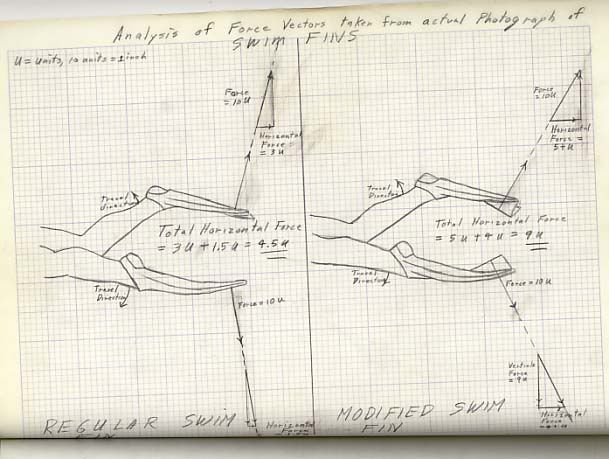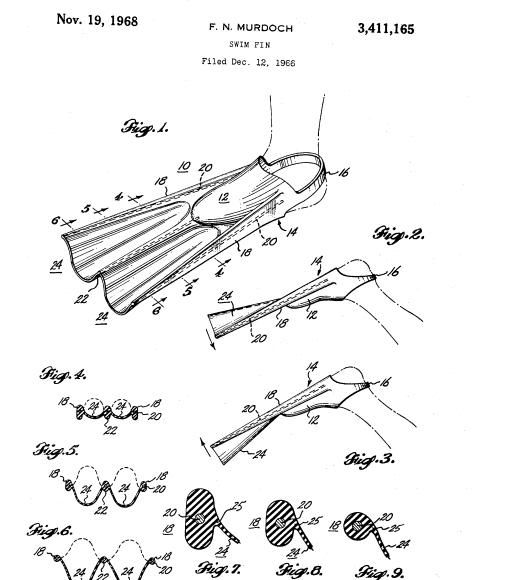hypersonic
Contributor
Second- the number and location of the vortex generators was tuned, not by Force Fin, but by scientific study. This can be easily seen on the Excellerating Force Fin, as the marine engineering lab worked out those locations are the optimum locations. In fact- Bob Evans will recount the story of the lab calling him and asking him, "do you want functional or pretty?" , in the end they choose function and there are only about 10 total on the fin. The Extra Force went through the same process, it started with about 4 times as many as it has now, but the lab informed him that they were overkill and fewer would actually perform better.
VG's on aircraft work by adding energy to the local airflow which makes the airfoil aft of the VG more effective. The added energy from the multiple vorticies comes at a cost and that is additional airframe drag.
I'm not aware of any aircraft originally designed with VG's. Typically their need shows up in wind tunnel or flight testing.
So it is little wonder that the "marine engineering lab" reduced the VG count from near 40 to about 10. My guess had they reduced it to zero, the fins would be even more efficient.
Winglets on the other hand reduce or eliminate the large vortex coming off each wingtip caused by the mixing of high pressure air on the bottom of the wing with low pressure air on the top of the wing. The winglets act as a fences or barriers.
IMHO, if a winglet were to be effective on a fin, the fence would need to run nearly the entire length of the fin on both sides.





